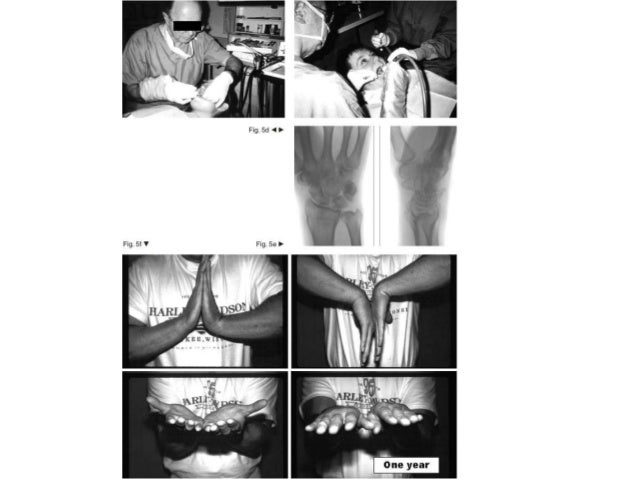Introduction
Distal radius fracture management in elderly patients remains without consensus regarding the appropriate treatment or anticipated outcome. Forty-one Estimated Reading Time: 10 mins · Review Abstract Distal radius fracture management in elderly patients remains without consensus regarding the appropriate treatment or anticipated outcome. Forty-one studies that included at least 10 patients with a minimum mean age of 65 years and that were indexed in Medline or Embase were reviewed · Registered 27/09/—retrospectively registered. blogger.com Introduction Distal radius fracture (DRF) is one of the most common fractures of upper

Publication types
· Review Abstract Distal radius fracture management in elderly patients remains without consensus regarding the appropriate treatment or anticipated outcome. Forty-one studies that included at least 10 patients with a minimum mean age of 65 years and that were indexed in Medline or Embase were reviewed We found no clear evidence of the clinical superiority of distal radius fracture surgery among older adults at one blogger.comal treatment, however, may yield a faster recovery to previous level of activity in elderly blogger.com operative treatment, hardware-based problems may warrant secondary operations and implant removal, whereas in non-operative treatment, · Increasing numbers of distal radius fractures in elderly patients with greater functional demands led us to review the existing literature on its management. This effort included randomized clinical trials, prospective cohort studies, and retrospective reviews that included at least 10 patients with a minimum mean age of 65 years and that were published Author: Sebastian V. Gehrmann, Joachim Windolf, Robert A. Kaufmann
We found no clear evidence of the clinical superiority of distal radius fracture surgery among older adults at one blogger.comal treatment, however, may yield a faster recovery to previous level of activity in elderly blogger.com operative treatment, hardware-based problems may warrant secondary operations and implant removal, whereas in non-operative treatment, Chung et al systematically reviewed the current literature for the treatment options of DRFs in patients over the age of 60 years treated with 5 common techniques: volar locking plate system, nonbriding EF, bridging EF, percutaneous K-wire fixation, and cast immobilization. 1 The authors concluded that despite worse radiographic results in the group with cast · Review Abstract Distal radius fracture management in elderly patients remains without consensus regarding the appropriate treatment or anticipated outcome. Forty-one studies that included at least 10 patients with a minimum mean age of 65 years and that were indexed in Medline or Embase were reviewed

We found no clear evidence of the clinical superiority of distal radius fracture surgery among older adults at one blogger.comal treatment, however, may yield a faster recovery to previous level of activity in elderly blogger.com operative treatment, hardware-based problems may warrant secondary operations and implant removal, whereas in non-operative treatment, · Increasing numbers of distal radius fractures in elderly patients with greater functional demands led us to review the existing literature on its management. This effort included randomized clinical trials, prospective cohort studies, and retrospective reviews that included at least 10 patients with a minimum mean age of 65 years and that were published Author: Sebastian V. Gehrmann, Joachim Windolf, Robert A. Kaufmann Stratifying patients into low-demand and high-demand groups may improve the management of distal radius fractures in elderly patients. In sedentary patients with low demands, functional outcomes are good despite the presence of deformity. Patients with higher demands may benefit from fracture stabilization with locking volar blogger.com: Sebastian V. Gehrmann, Joachim Windolf, Robert A. Kaufmann

Stratifying patients into low-demand and high-demand groups may improve the management of distal radius fractures in elderly patients. In sedentary patients with low demands, functional outcomes are good despite the presence of deformity. Patients with higher demands may benefit from fracture stabilization with locking volar blogger.com: Sebastian V. Gehrmann, Joachim Windolf, Robert A. Kaufmann Distal radius fracture management in elderly patients remains without consensus regarding the appropriate treatment or anticipated outcome. Forty-one Estimated Reading Time: 10 mins Epidemiology of Elderly Distal Radius Fractures • Most common upper extremity fracture (16%) • Second most common overall fracture in elderly patients (18%), after hip fractures • Incidence is increasing, especially in patients older than 65 • 15% of white women will fracture their distal radius after age 50 CoreCurriculumV5
No comments:
Post a Comment